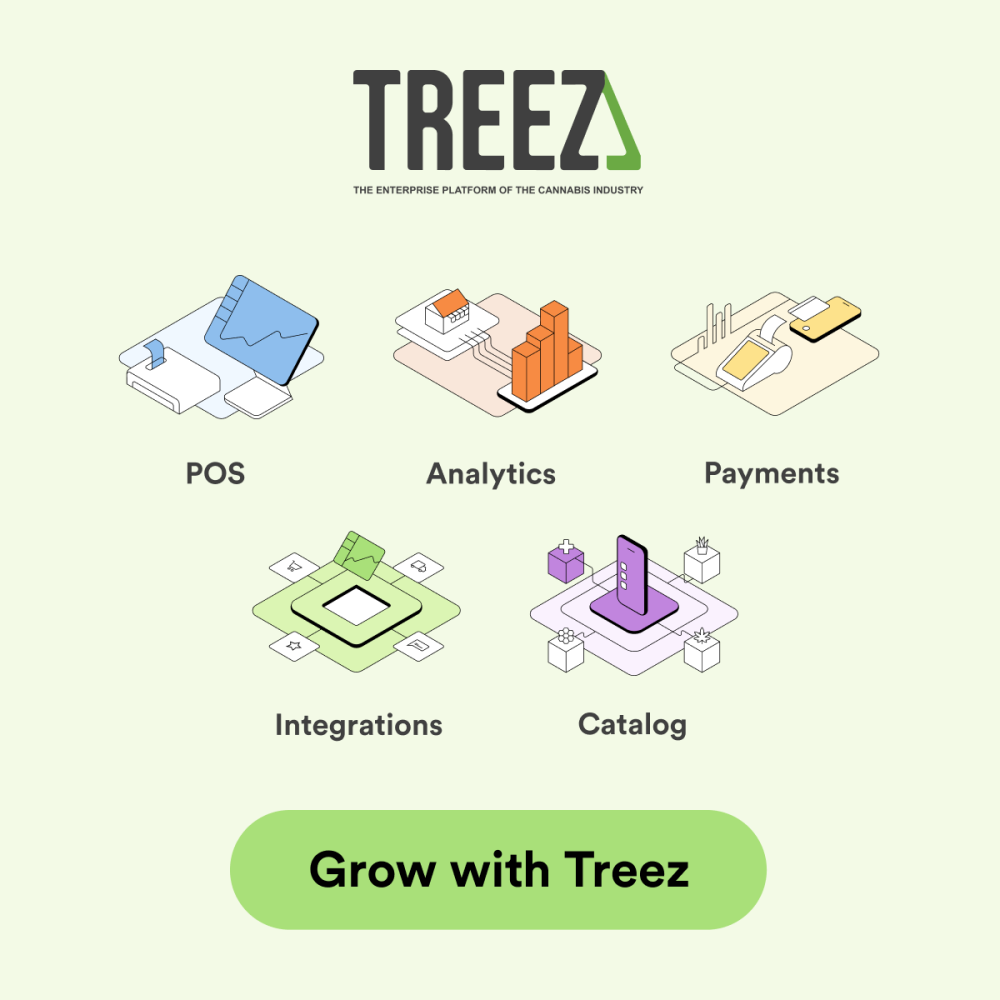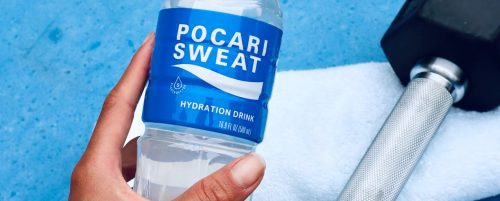* This article discusses details pertinent to the coronavirus relief bill signed by President Trump on Friday, March 27. This article is current up to March 29, 2020.
For weeks, the United States has been collectively holding its breath.
Since its discovery in early January, COVID-19 has exploded into one of the worst global pandemics in modern history.
In the United States, COVID-19 has caused a disruption to the economy that is leaving millions unemployed. Out of work, and with job prospects becoming predictably abysmal, millions of Americans are sweating their financial situation.
For much of March, congress came together to try and address this unprecedented national emergency.
While the discussion of the relief bill was often contentious (and needlessly so), congress managed to draft the much-needed legislation.
On Friday, March 27, that relief bill was signed into law by President Trump.
Referred to as the CARES Act, this bill could become the largest stimulus package in US history.
The $2 trillion stimulus package offers relief to a variety of sectors including individual citizens, small businesses, large corporations, hospitals, state and local governments, and public health organizations.
With a bill as large and detailed as this, it can be difficult to discern exactly how it will affect US citizens on an individual basis.
For that reason, we’ve compiled a list of pertinent questions (and answers) to give you a clear idea regarding what kind of relief you can expect.
This information is broken up into the following categories: the one-time individual stimulus payment, student loans, rent and utilities, and unemployment.
One-Time Individual Stimulus Payment

How Much Will I Receive?
This depends on a number of factors.
First, all individuals who reported less than $75,000 of annual income in 2018 and 2019 will receive $1,200. This is a tax-free, one-time payment that will be made in the form of a direct deposit.
This one-time payment will decrease for individual incomes exceeding $75,000 annually, becoming $0 for those making more than $99,000 per year.
When it comes to married couples, the respective numbers double. $2,400 for couples collectively making less than $150,000, decreasing to $0 for those making more than $198,000.
Registered dependents under the age of 16 will increase the one-time payment by $500 each for individuals and couples.
For a detailed breakdown of this one-time stimulus payment, click here.
How Do I Apply For This One-Time Payment?
You don’t.
If you filed taxes for 2019 or 2018, you will receive payments based on that tax information. If you haven’t filed taxes for either of these years, you should do this as soon as possible.
For those who haven’t filed their 2019 taxes yet (it’s been a distracting year, in your defense), don’t worry. The tax deadline has been extended to July 15, 2020.
What Would Prevent Me From Receiving This Payment?
First, those who did not file taxes for 2018 or 2019 will not receive this payment. Again, if you haven’t filed for either year, get started.
You also cannot receive this payment if someone claims you as a dependent, regardless of your age.
With few exceptions, you cannot receive this payment if you do not have a social security number. This exception is lifted for those serving in the United States military.
What If I’m A College Student?
Again, those who are claimed as a dependent will receive nothing. College students are typically seen as dependents if they are younger than 24 and have more than half their expenses paid by a legal parent.
What If My Income For 2018 and 2019 Made Me Ineligible, But My 2020 Income Will Be Within The Eligible Amount?
In this situation, you will not receive the one-time stimulus payment—at least not right now. If you make less than $99,000 in the year 2020, the amount you would have received now will become a tax credit once you file your 2020 taxes.
When Will I Receive This Payment?
According to Treasury Secretary Steve Mnuchin, these payments should be sent within three weeks of the Coronavirus relief bill’s signing.
Again, if you did not file taxes for 2018 or 2019, the payment will be delayed until you do so.
You should receive a notice in the mail once your payment goes through. This notice will inform you as to where the payment went as well as what form it was in.
If the payment destination was accurate, but you did not receive payment, contact the IRS immediately.
Student Loans

Is There A Suspension For Student Loan Payments?
There are some mitigating factors but, for the most part, yes.
Until September 30, you will not have to make payments on student loans held by the federal government.
Are My Student Loans Eligible?
If your student loans were federal direct loans (90% of all student loans) and they occurred in the past 10 years, then yes.
There are no requirements for non-federal student loans to suspend payments, and loans that originated more than a decade ago are subject to specific factors.
If you are unsure of whether your loans are eligible, be sure to check with your loan provider and ask.
Will My Loans Continue To Accrue Interest?
No. If your loans are eligible for non-payment under the Coronavirus relief bill, then they will not accrue interest.
However, you should not take your loan provider at their word for this. Student loan processing is prone to errors. You should keep an eye on your loan balance after September 30 to make sure everything is on the level.
Will My Wages Continue To Be Garnished Based On Past Due Payments?
They will not.
According to the Coronavirus relief bill, all involuntary collection efforts resulting from federal loans will cease until September 30.
This includes garnished wages, withheld tax returns, and the reduction of any federal benefit payments.
Rent And Utilities

What If I Can’t Pay My Rent?
For 120 days following the passing of the Coronavirus relief bill, rules regarding rent payments will change.
For starters, there will be a moratorium on evictions for landlords with mortgages backed by federal entities (well over half).
In other words, your landlord will likely have no legal claim to evict you until late July.
Furthermore, landlords with federal mortgages cannot charge fees or fines for late payments or non-payment within the 120-day window.
Does This Cover My Utilities As Well?
No, it does not.
As of this writing, the Coronavirus relief bill provides no relief for utilities of any kind, internet included.
While you may be catching a break (albeit a temporary one) on your rent, your utility bills will not change.
Unemployment Benefits

Who Will Receive Unemployment Coverage Under The Coronavirus Relief Bill?
One of the most significant relief packages within the Coronavirus relief bill relates to unemployment coverage.
With the bill signed into law, the amount of people eligible for unemployment is increasing significantly.
Each state sets its own requirements for unemployment benefits, but the Coronavirus relief bill serves to expand them significantly.
The bill expands the unemployment coverage state-by-state in three significant ways.
First, it loosens many state requirements for unemployment coverage. If you would not normally be eligible in your state for your current situation, this may change under the new bill. (More on this later).
Second, it adds additional to the unemployment funds that you would already be receiving under state law.
Third, it extends the length of time in which you can claim unemployment benefits, varying state-by-state.
How Much Unemployment Can I Receive?
In terms of the federal payment amount, in addition to state unemployment coverage is extremely straight forward. Take whatever your state would normally pay you on a weekly basis, and add $600.
The amount your state pays you depends on which state you live in, but the $600 federal addition does not.
How Do I Know If I’m Eligible For Unemployment?
The best way to determine your eligibility for unemployment is to file a claim in your state. Again, the rules specific to your state will likely have changed under the new Coronavirus relief bill.
Even if you were ineligible before the signing of the new Coronavirus relief bill, file again.
While state laws regarding unemployment eligibility can vary wildly, the new bill aims to help all workers affected by Coronavirus.
What If I Was Only A Part-Time Worker In A State That Doesn’t Cover Part-Time Employment?
If you live in a state that doesn’t normally cover unemployment for part-time workers, apply anyways. The language of the Coronavirus relief bill ensures coverage for those who lost part-time work.
While your state’s contribution may vary (or not exist) based on normal policies, you will be eligible for federal coverage.
What Effects From Coronavirus Leave Me Eligible For Federal Unemployment Coverage?
In terms of federal unemployment coverage, the following effects of Coronavirus will leave you eligible:
- You have received a positive diagnosis for COVID-19.
- At the advice of a medical professional, you are under quarantine and have lost work.
- Your child can no longer attend school due to COVID-19.
- You’re caring for a family member diagnosed with COVID-19.
- You are unable to find work due to an imposed quarantine.
- You were about to start a job, but your start date extended due to COVID-19.
What If I Quit My Job To Reduce My Chances Of Contracting COVID-19?
Unfortunately, this is where things can end up getting murky.
If you left work to care for a child or family member as a result of Coronavirus, you’re eligible.
If you cannot work due to a quarantine request from your government or employer, then you’re eligible.
However, if you simply left work to reduce your chances of contracting Coronavirus, you may not be covered.
What If I Lost Hours, But I Am Still Working?
Even if your employer only cuts your hours rather than letting you go altogether, you are eligible for coverage.
What If I Am Self–Employed, A Freelancer, Or Work On A Gig Basis?
This is one of the more significant changes to typical unemployment coverage under the Coronavirus relief bill.
On a typical basis, states do not provide unemployment for freelancers, gig workers, or other self-employed individuals.
However, if you are self-employed and have lost work due to Coronavirus, the new bill provides you with unemployment coverage.
Who Isn’t Eligible For Unemployment Benefits?
Again, those who left their jobs voluntarily are not eligible for unemployment coverage.
Additionally, those who work from home, are on sick leave, or are on family leave are not eligible for coverage, either.
How Long Will Coverage Last?
Typically, most states will provide up to 26 weeks of unemployment coverage. Under the Coronavirus relief bill, that coverage will be extended by 13 weeks, regardless of state.
This extension, however, applies only to state contributions. The additional $600/week of federal coverage can only last up to four months, or 16 weeks.
Let’s say your state normally provides up to 26 weeks of unemployment benefits. Under the Coronavirus relief bill, that time frame will extend to 39 weeks. In other words, you can continue to get state unemployment benefits for that amount of time.
However, the federal benefits (the extra $600 per week) will only last for up to 16 weeks, pending additional legislation.
What If I Was Already Receiving Unemployment Benefits Before COVID-19?
Even if you already received unemployment benefits before the Coronavirus crisis, you are still eligible for the new federal coverage.
This means that you will receive the additional $600 per week as well as the 13-week period extension.
How Long Will I Wait To Receive Benefits?
This part is tricky. While states have been given incentives to waive the typical one-week waiting period, unemployment offices are currently struggling. With an ever-growing influx of unemployment applications across the country, some benefits may be delayed.
If you are going to start the process of applying for unemployment benefits, be patient. The process can be tedious even under normal circumstances, so you may have to wait a while to receive your benefits.
Don’t let this discourage you.
If you are eligible for unemployment benefits, begin the process of applying and be sure to use that newly found free time to consistently check in and keep the ball rolling. Don’t let yourself miss out on relief funds as a result of bureaucratic bloating.
RAPPER WEED: WHICH RAPPERS HAVE CANNABIS PRODUCTS IN THE MARKET?
10 UNDERRATED FEMALE RAPPERS YOU SHOULD LISTEN TO RIGHT NOW
9 RAPPERS FROM DETROIT YOU NEED TO KNOW THIS YEAR








